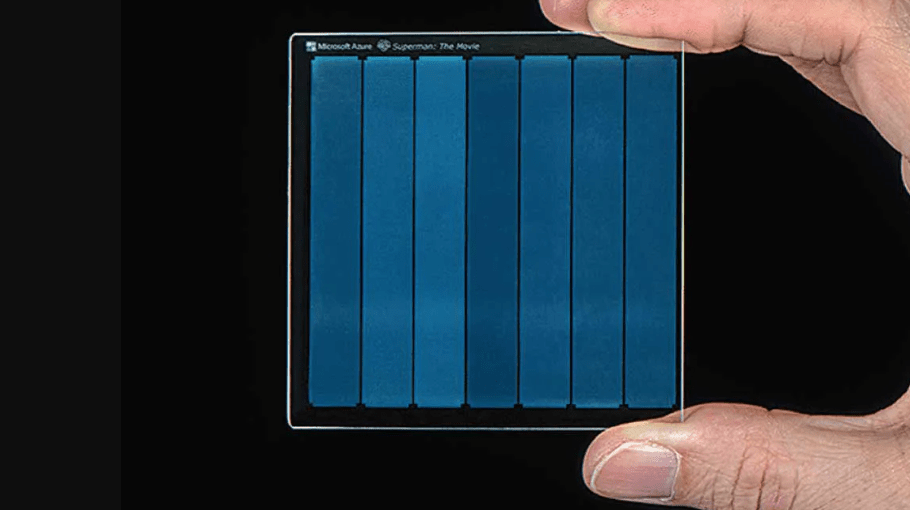Every time we generate more data. According to current estimates, 175 zetabytes of data will be generated annually by 2025 , almost six times more than we generated in 2018. Each zetabyte equals 1 billion TB , and it would not be uncommon for the figure to reach 1,000 zetabytes by 2030, or a billion TB. Therefore, it is necessary to use hard drives with more capacity, and a group of researchers could have the key to it.
The key would be to use optical storage drives. Microsoft was one of the first companies to test these developments with Project Silica, where they managed to create an optical drive with 75.6 TB of capacity the size of a 2.5-inch hard drive .
Currently, the largest capacity hard drives reach 20 TB in 3.5 inches, while there are SSD drives that already exceed that figure, but they are not recommended for storing data in the long term because they can present electrical failures, data loss, or prevent retrieving information in the event that they fail.
Optical Hard Drives Made of Glass: The Future of Storage?
According to Seagate CTO statements John Morris, collected by IEEE Explore , the company is working in its laboratory to create a storage system that uses glass. The challenge lies in creating systems that can read and write information from these media at an acceptable speed. Also, currently they have only managed to read information from them.
However, even if it could only be used as a reading medium, it would be a great relief to cloud storage systems if they actually achieve high densities. With this, a new alternative would emerge not only to hard drives, but to magnetic tapes that are used to store large amounts of data. Both are the best way to store data today, as they are low in price and very reliable.

With the optical storage system, a laser can write data onto a 2mm thick piece of glass, the size of a post-it. In it, the information can be recorded practically forever as if it were a Blu-ray , but with greater durability and reliability. Microsoft last November wrote the 1978 movie Superman in one of those pieces, and then they read their data.
Also Read: 6 Steps to Enhance Your Business Conversions with Online Design Software
360 TB the Size of a DVD, and It’s Just the Beginning
The density of this format would allow 360 TB to be stored on a disc the size of a DVD. In comparison, Panasonic hopes to be able to create 1TB drives in the future, and Seagate and WD expecting to launch hard drives up to 60TB by 2026.
These units are written with a femtosecond laser , which emits very fast pulses at specific points within the glass. The glass is made of fused silica to obtain a crystal as pure as possible. The lenses of the Hubble telescope or the windows of the International Space Station are made under the same procedure. The laser deforms the glass at its focal point, creating a small 3D structure called a voxel. Today it is possible to write hundreds of layers of voxels on each piece of glass.
However, it is difficult to reduce the current writing time, and the reading time requires too many energy resources. Microsoft has implemented mechanisms to reduce the presence of errors and increase the precision of the system, improving write speeds compared to when they started.
Also Read: How to Repost the Video on Instagram?











